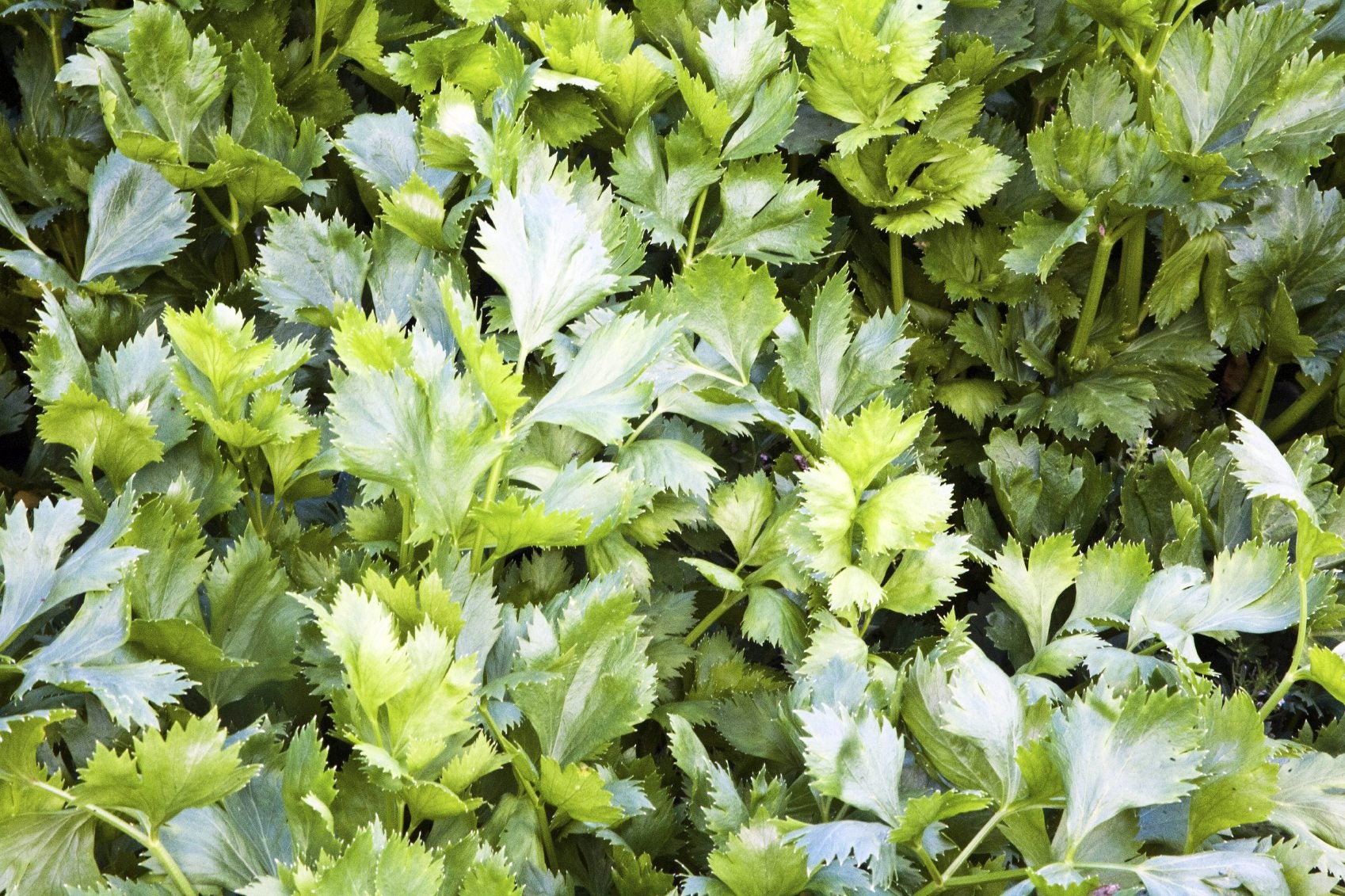Celery Leaf Info: Learn About Growing Celery As Herb Plants


When you think of celery, you most likely picture thick, pale green stalks boiled in soups or sautéed with oil and onions. There’s another variety of celery, however, that’s grown just for its leaves. Leaf celery (Apium graveolens secalinum), also called cutting celery and soup celery, is darker, leafier, and has thinner stalks. The leaves have a strong, almost peppery flavor that makes for a great accent in cooking. Keep reading for more leaf celery info.
Growing Celery as Herb Plants
Once it gets going, leaf celery is easy to grow. Unlike celery grown for its stalks, it doesn’t need to be blanched or planted in trenches. Leaf celery prefers partial sun and requires quite a lot of moisture -- plant it in a wet area and water regularly. It grows very well in containers and small spaces, reaching a maximum height of 8-12 inches (20-30 cm.). Germination is a little trickier. Direct sowing does not have a very high success rate. If possible, start your cutting leaf celery indoors two to three months before the last frost date of spring. The seeds need light to germinate: press them into the top of the soil so they’re still exposed and water them from below instead of above so as not to cover them with disturbed soil. The seeds ought to sprout after two to three weeks and should be set outside only after the danger of frost has passed.
Celery Herb Uses
Celery leaf herbs can be treated as a cut and come again plant. This is good, as the flavor is intense and a little goes a long way. Very similar in appearance to flat leaf parsley, cutting leaf celery has a stronger bite to it and nicely complements soups, stews, and salads, as well as anything in need of some garnish with a kick. Hung upside down in a ventilated area, the stalks dry very well and can be stored whole or crumbled.
Gardening tips, videos, info and more delivered right to your inbox!
Sign up for the Gardening Know How newsletter today and receive a free copy of our e-book "How to Grow Delicious Tomatoes".

The only child of a horticulturist and an English teacher, Liz Baessler was destined to become a gardening editor. She has been with Gardening Know how since 2015, and a Senior Editor since 2020. She holds a BA in English from Brandeis University and an MA in English from the University of Geneva, Switzerland. After years of gardening in containers and community garden plots, she finally has a backyard of her own, which she is systematically filling with vegetables and flowers.
-
 Looking For Plants To Give You The Soft And Fuzzies? Try These 5 Fuzzy Leaf Plant Options
Looking For Plants To Give You The Soft And Fuzzies? Try These 5 Fuzzy Leaf Plant OptionsLovers of texture, drama, silver foliage and tactile plants will adore these special sensory garden additions. These fuzzy leaf plant options will leave you all aglow
By Susan Albert
-
 Get Ready For A Summer Of Hummers! Grow These Full Sun Hummingbird Plants and Flowers
Get Ready For A Summer Of Hummers! Grow These Full Sun Hummingbird Plants and FlowersIf you’re lucky enough to enjoy a sunny backyard, make sure you are maxing out on your pollinator opportunities and grow these full sun hummingbird plants and flowers
By Tonya Barnett